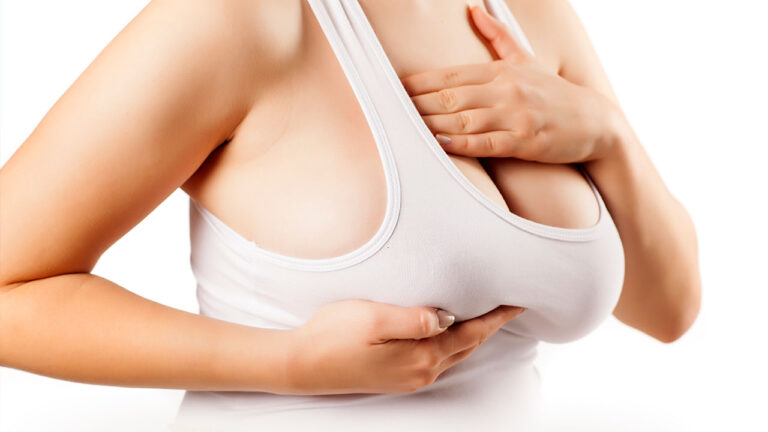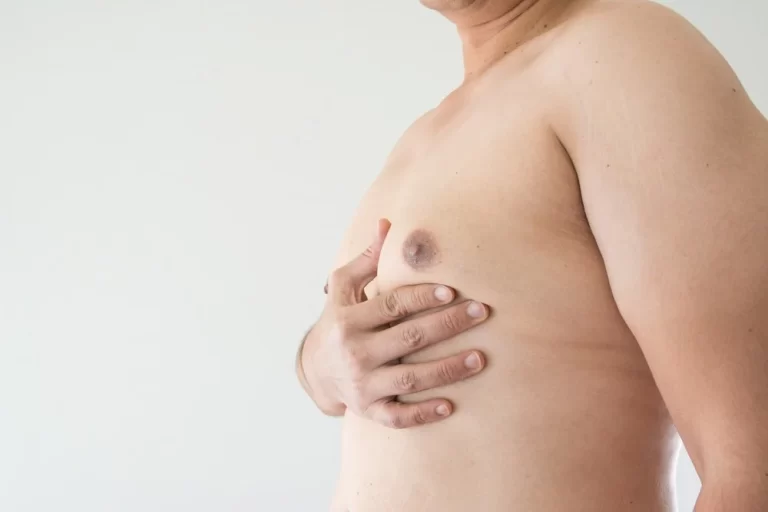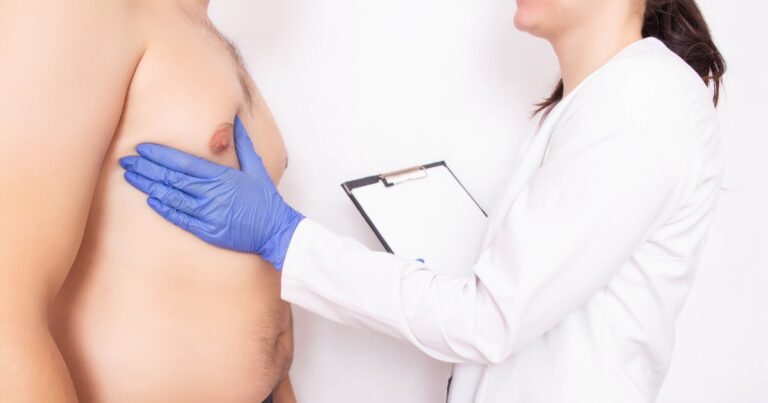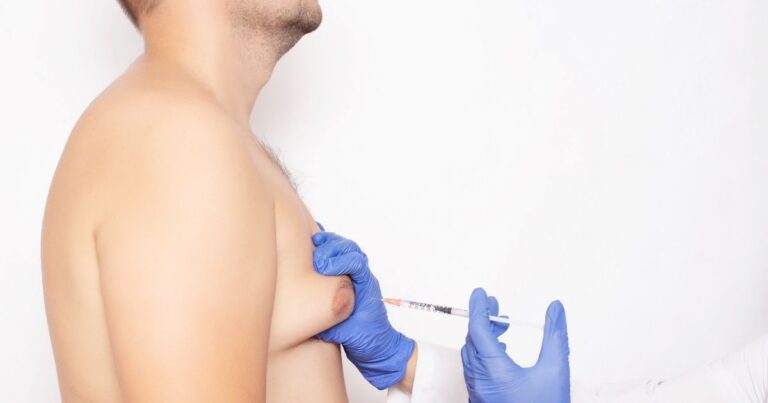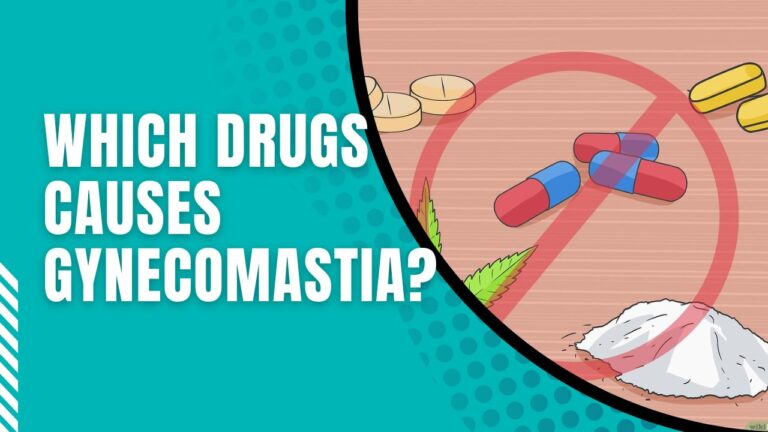Gynecomastia vs Chest Fat: What is the Difference
Not sure if you’re dealing with gynecomastia or just chest fat ? You’re definitely not alone—many men struggle to tell the difference. Both conditions can look similar, but they have different causes and treatments. Chest fat is typically linked to overall body weight, while gynecomastia is a hormonal issue that…


